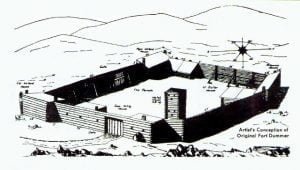Goodman, Ralph – Obituary
Wallowa County, Oregon Ralph Goodman Dies In California Ralph Goodman, a former resident of Wallowa County, but who had lived in Yreka, Calif. For the past 25 years or more, passed away at Yreka Saturday, March 2, 1957, following a long illness. He was born in Libertyville, Iowa, November 29, 1884, coming to Wallowa County with his parents, Milas and Mary Goodman, and other members of his family while a child. He was married at Lostine on June 26, 1907 to Miss Fannie van Pelt who survives him. Besides his wife, he leaves four children: Van, Kathleen, Carolyn, and Billie, … Read more




